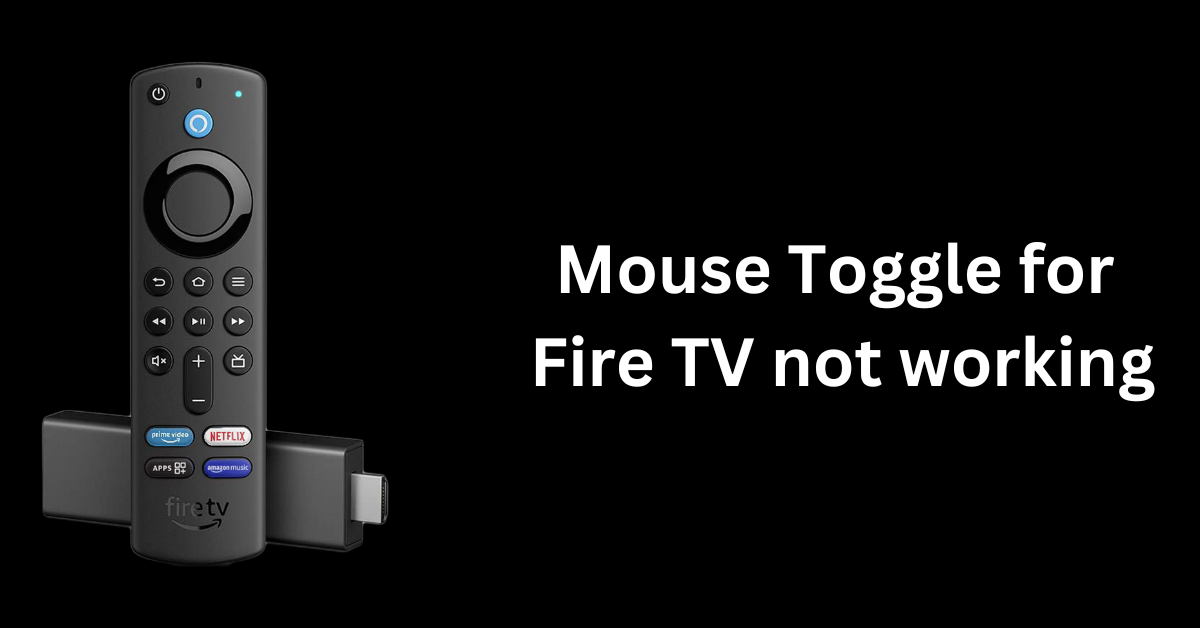In today’s digital age, the way we consume content has drastically changed, with the rise of Internet Protocol Television (IPTV) transforming the traditional TV viewing experience. IPTV allows users to stream television content over the internet, providing a more customizable and interactive viewing experience. This shift in consumer behavior has had a significant impact on advertising, presenting both opportunities and challenges for marketers looking to capitalize on this emerging platform.
What is IPTV?
IPTV is a technology that delivers television content over the internet, allowing users to stream live TV, video-on-demand, and interactive services on various devices such as smartphones, smart TVs, and computers. Unlike traditional cable or satellite TV, IPTV does not rely on physical infrastructure, making it a more flexible and cost-effective solution for both providers and consumers.
Keywords: IPTV, television content, streaming, internet, interactive services
Opportunities for Advertising
- Targeted Advertising: One of the key benefits of IPTV for advertisers is the ability to deliver highly targeted ads based on user preferences, demographics, and behavior. This personalized approach can significantly increase the effectiveness of advertising campaigns and drive better results for brands.
- Interactive Ads: IPTV allows for interactive ads that engage viewers in a more immersive way, such as clickable ads that lead to additional content or call-to-action buttons that prompt users to learn more about a product or service.
- Data Analytics: IPTV enables advertisers to track and analyze viewer data in real-time, providing valuable insights into consumer behavior and ad performance. This data-driven approach can help marketers optimize their campaigns and improve ROI.
- Cross-Device Targeting: With IPTV, advertisers can reach consumers on multiple devices, allowing for a more consistent and cohesive advertising experience across platforms.
Keywords: targeted advertising, interactive ads, data analytics, cross-device targeting
Challenges for Advertising
- Ad Blocking: As more consumers turn to IPTV for their content needs, the use of ad-blocking software has also increased, making it harder for advertisers to reach their target audience. Marketers need to find new ways to engage viewers and deliver ads that are less intrusive and more compelling.
- Content Fragmentation: With the rise of streaming services and on-demand content, viewers now have more control over what they watch and when they watch it. This shift in viewing habits can make it challenging for advertisers to reach a mass audience and may require a more strategic approach to advertising.
- Ad Fraud: The digital nature of IPTV makes it susceptible to ad fraud, where bots or fake viewers can artificially inflate ad impressions and engagement metrics. Advertisers need to be vigilant and use tools to detect and prevent ad fraud to ensure their campaigns are reaching real viewers.
Keywords: ad blocking, content fragmentation, ad fraud
Benefits and Practical Tips
- Personalization: Leverage viewer data to create personalized ads that resonate with your target audience.
- Engaging Content: Create interactive and engaging ads that encourage viewer interaction and participation.
- Cross-Platform Optimization: Ensure your ads are optimized for different devices and platforms to maximize reach and engagement.
Case Study: Netflix
One of the most successful examples of advertising on the IPTV platform is Netflix, which uses a combination of targeted ads and data analytics to personalize the viewer experience. By analyzing user data and behavior, Netflix is able to recommend content that is tailored to each individual viewer, increasing user engagement and retention.
Firsthand Experience
As a marketer, I have seen firsthand the impact of IPTV on advertising campaigns. By utilizing targeted ads and interactive content, we were able to reach a wider audience and drive better results for our clients. However, we also faced challenges such as ad blocking and content fragmentation, which required us to adapt our strategies and stay ahead of trends in the IPTV landscape.
In conclusion, IPTV presents both opportunities and challenges for advertisers looking to capitalize on this emerging platform. By leveraging the personalized nature of IPTV ads, utilizing data analytics, and creating engaging content, marketers can reach their target audience more effectively and drive better results for their campaigns. However, they must also be aware of challenges such as ad blocking, content fragmentation, and ad fraud, and take proactive measures to overcome these obstacles. By staying informed and adapting to the evolving IPTV landscape, advertisers can stay ahead of the curve and unlock the full potential of this innovative advertising medium.













